How To Heat Your Van In Winter – Van Life Heating Options
Van life can be a miserable experience in winter if you don’t plan ahead. Fortunately, keeping warm in winter if pretty easy to do if you know how.
There are many different heating solutions even if you don’t have electricity.
In this article we’re going to give you all the different heating options for van life so you can decide which is best for your camper van.
| Most Popular Vanlife Heaters | Fuel Type |
|---|---|
| 12V Heated Fleece Electric Travel Blanket | Electric Blanket |
| Lasko 754201 Ceramic Heater | Electric |
| Cubic Mini Wood Stove | Wood Stove |
| Espar Airtronic D2 Air Heater | Diesel |
| Webasto Air Top 2000 STC | Diesel |
| Mr. Heater Buddy | Propane |
| Camco Olympian Wave Catalytic Heater | Propane |
| Propex Air Heater | Propane |

How to heat a camper without electricity
Move South
If you have the means, then the easiest way to stay warm in a camper is to avoid the cold altogether. Head south for the winter, and move to lower elevation levels.
Insulate your van
Keep the cold out by adding van insulation.
Insulation should be added to the walls, floor, ceiling, and windows of your van. The more insulation the better! Avoid opening doors and windows too frequently and seal up and drafty areas with caulk or heavy blankets.
If you do not have the money or means to do a full insulation, a cost effective and fast solution is to purchase insulation panels for the windows. These are typically made out of reflective foil that can be stuck to the glass.
A slight increase in your van’s temperature will be noticeable with just this simple step. And as an added bonus, they’re great for privacy!
Van life winter gear
A hard and fast rule for winter van life is to warm your body, not your van! A few must-have winter accessories can make a huge difference in your comfort level:
Feet: Always keep a pair of warm socks or slippers nearby.
Wool: Wool is tried-and true material because it can retain heat even when wet. Wool fibers are also durable and made to last for years. The makeup of wool fabric allows for small air pockets within the fibers which increases the insulation level significantly compared to cotton.
Head: Keep your head and feet covered against cool drafts. Your head loses more heat than the rest of the body when left uncovered so don’t neglect this crucial body part!
Blankets: Store lots of blankets and duvet covers within the van. Many people choose to sleep in a high-quality sleeping bag that is rated to zero degree weather.
Be aware that even the highest quality sleeping bags on the market are rated for survival. They are not rated based on a comfort level. What this means is if the bag is rated for 30 degree weather, you will not freeze in 30 degrees. However, this doesn’t mean you will be cozy all night.
Layers: When planning your sleeping set up, use layers. You may have one blanket that works well in the summer, one sleeping bag for the fall, and an extra comforter that you can combine with all three for extra cold nights.
Add this to a good hat and socks and you will be able to adjust for most situations.
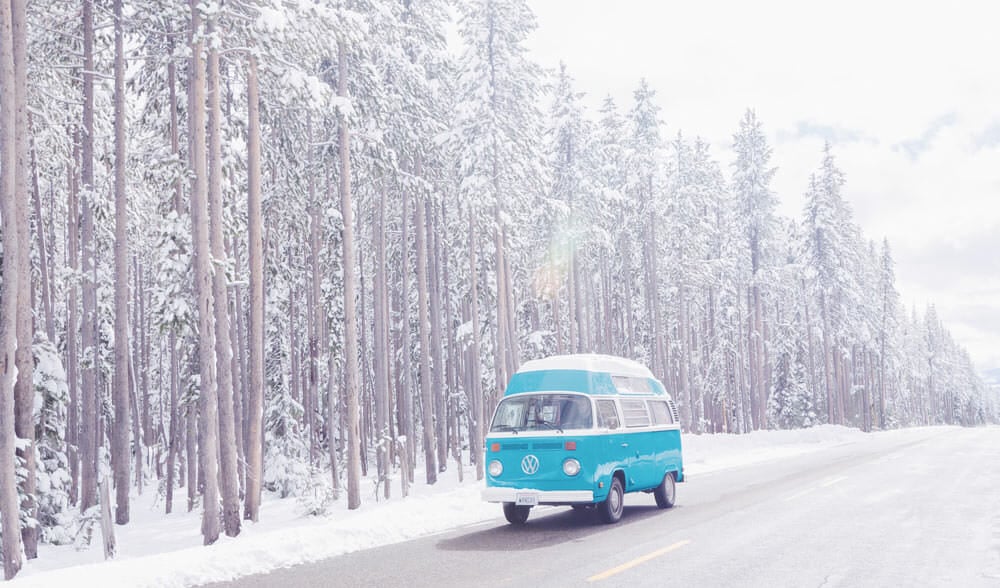
Water bottle warmers
Hot water bottles are a cheap and easy way to stay warm in cold weather without electricity.
Water bottles can stay warm for up to 6-8 hours at night. You can place multiple bottle warmers in your bed or sleeping bag for maximum comfort.
How it works:
- Boil 18-24oz of water.
- Pour boiled water into a covered, non-insulated container such as a Nalgene bottle.
- Twist the lid tightly so there are no spills.
- Wrap the bottle in a lightweight cloth and place it next to your skin.
Do not overfill the water bottle. ¾ full is all that is necessary to keep hot.
Never use a hot water bottle at the same time you are using an electric blanket for heat. You do not want to take the risk of water and electricity coming into contact with each other.
Here’s another tip: many coffee shops like Starbucks will give you a cup of hot water for free! So even if you don’t have the option to boil water in your van, you can still remain cozy at night.
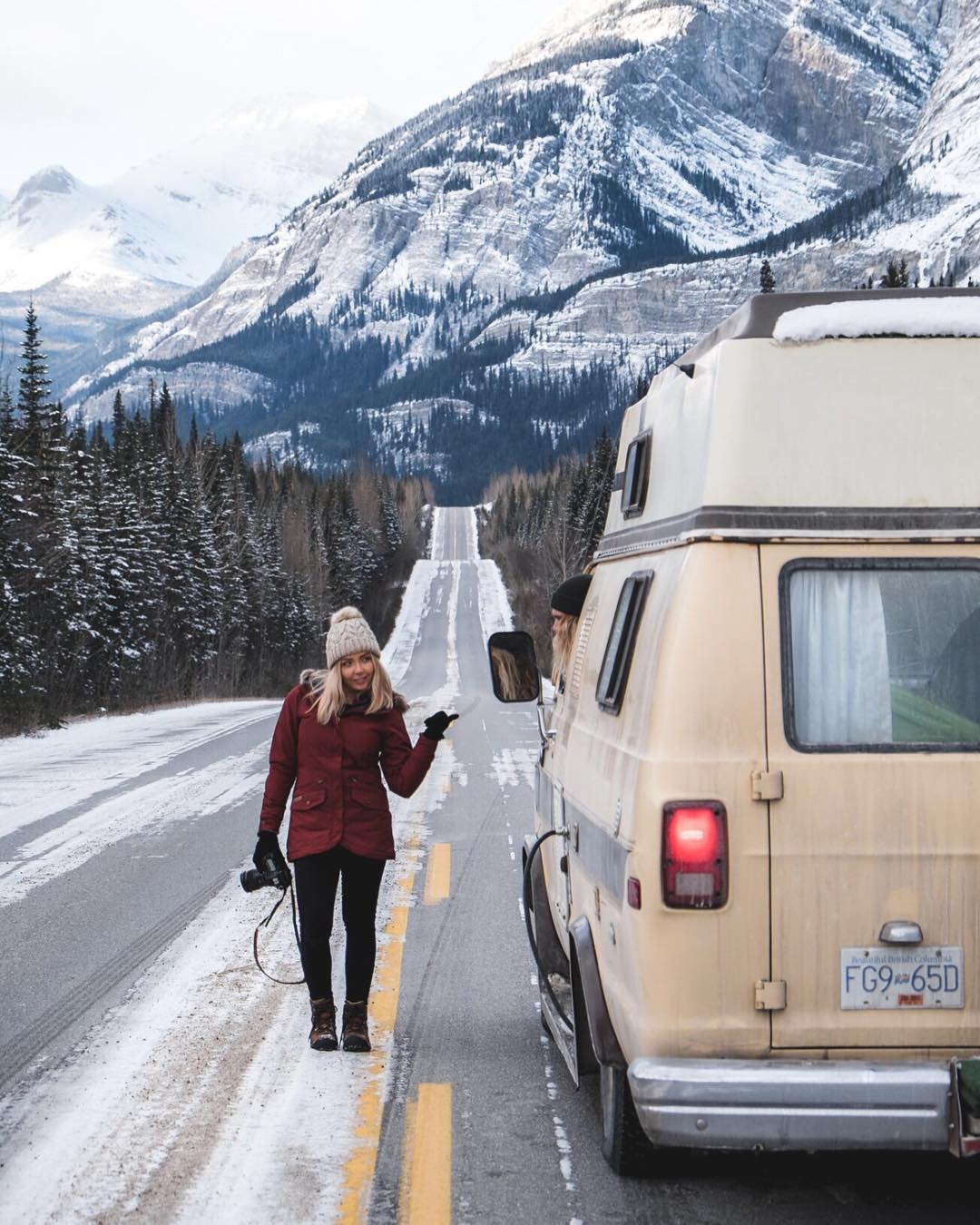
Heaters for van camping
The best camper van heaters depend on your electricity load, budget, and mechanical abilities. In this section we’re going to discuss the pros and cons of each type of van heater and help you decide which one to buy. The most popular heater options for van life are:
- Electric heaters
- Propane heaters
- Air heaters (diesel, gas, or propane)
- Butane heaters
- Wood stoves
Electric Heaters
Electric heaters are lightweight, emit no sound, have no smell, and are safe to use in tight spaces. They also produce a consistent heat output and are adjustable making so they are very comfortable.
Electric heaters are the best option if you have access to lots of electricity. For example, parking in a friend’s driveway, or staying at a campground with electric hookups.
- Electric heaters are not a good choice if you are living off solar-power. They draw a massive amount of power.
The most common electric heaters are ceramic, infrared, and oil radiators.
- Three control settings
- 11 Adjustable heat settings
- The heat shield protects against overheating
Most electric heaters will range between 500 and 1500 watts. The lower the wattage, the longer it will take to heat an area. Electric heaters are relatively inexpensive to purchase, often they can be found for under $50. Once you own one, it’s just the cost of electricity you need to worry about.
When running an electric heater there are a few things you need to remain cautious about. Many heaters have safeguards built-in to avoid overheating or tipping over. Being in a small area like a vehicle, you should be aware of your surroundings to avoid burns. In addition, not all electric heaters are quiet, so be prepared for a soft hum.
If you are looking to invest in an electric heater, the Lasko 754200 and Vornado Vortex heater are two popular options.
Electric Blankets
Electric blankets also use a lot of power and are largely unrealistic to run for an entire night. However, if all you need is a quick warm up a few minutes before bed they may be a good choice for the job.
Some blankets come with timers to keep them from running too long and eating up your battery. The Trillium 12V electric blanket can plug directly into your car’s cigarette lighter and uses approximately 4.5A.
Realistically if you are going to be van dwelling full time, electric heat may is only feasible if you have access to electric hookups. Otherwise, you have to carry around some serious battery power to keep yourself warm all night.
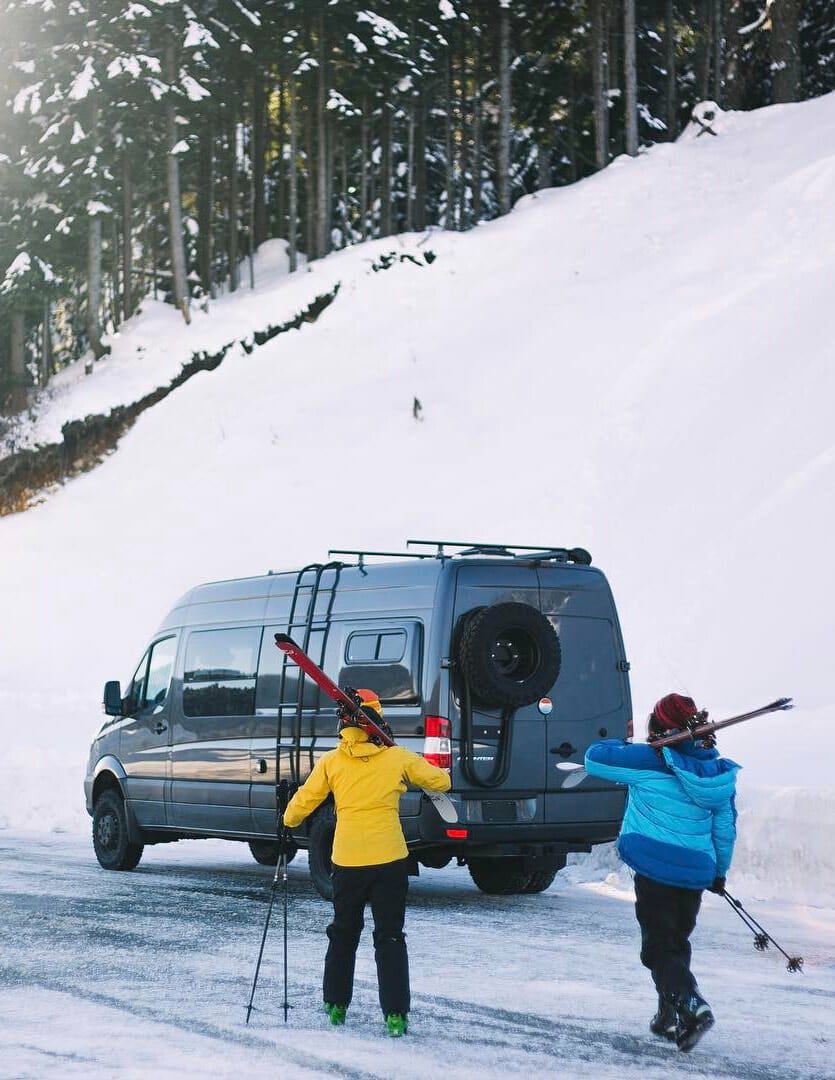
Propane Heaters
Portable propane heaters are a popular van life heating solution. They are affordable, portable, and safe under the right conditions.
Propane heaters use either disposable canisters or refillable propane tanks to produce heat. Many camping products use propane fuel for cooking so you may be able to double up on efficiency by tapping into existing propane lines.
What are the downsides? Propane heaters can cause condensation. You’ll want a constant source of airflow throughout your vehicle both to limit the moisture buildup and reduce the amount of carbon monoxide within your van.
There are two different type of heaters to research when deciding which propane furnace is best for you:
- Portable portable heaters
- Propane air heaters
- Multiple heat settings
- Wire guard to prevent burns
- Numerous safety features
- Compact design
Portable Propane Heaters
The Mr. Buddy heater, or the Olympian Wave Catalytic heater are some of the most popular portable heaters. They can warm up a space in a very short period of time.
These heaters are compact and can be packed away when not in use. Some heaters come with a built-in fan to help circulate the air. Many come without this feature and have to be aimed appropriately if you want to try and spread heat to a larger area.
Propane furnaces are inexpensive and can often be bought between $100 – $200. They will also require a constant supply of propane.
Where to buy propane
Propane is common and can be found at many outdoor gear shops, grocery stores and other large box retailers such as Walmart. Smaller heaters will run on 1lb. canisters that can be purchased for just a few dollars.
Many propane furnaces do not take the smaller cans and must be attached to a separate propane source. This is great if you are already traveling with propane. If not larger tanks might be a little bulky. When attaching your heater to a separate propane source you will need a fuel hose and regulators, often these come included with the product. Some heaters require filters as well.
Just to give you an idea of how long that propane will last, 1 lb. of propane when burned will produce 21,600 BTU. So if you have a 6000 BTU/hr heater, this will run for roughly 3.5 hours straight. Keep this in mind as the price of the cans will add up fast! Luckily, these heaters get hot. So you should not need to be running them the whole night. All the more reason to have good insulation!
Externally Ventilated Propane Air Heater – Propex
If you are already carrying around large propane tanks for cooking, a propane air heater is a great way to stay warm in one of the most efficient ways possible.
Air heaters like the Propex are built directly into your campervan conversion. They are often installed under the front passenger seat and have connections to both the propane tank and the outside air.
A propane heater will draw fresh outside air in, heat it, then blow the warm air throughout the cabin of your vehicle.
One of the advantages to an air heater is that they have external ventilation. A Propex won’t contribute to much condensation buildup within your vehicle, and it will blow the combustible gasses back outside.
Because these are floor mounted units, you won’t be able to move it around. But as a benefit, you will never have to worry about tipping this heater over!
Propane air heaters are more expensive than their portable counterparts, and will require a bit of construction to install. However, once set up they will take up less space, be more efficient, and work well in the coldest of temperatures.
- For more information on air heaters, read our comparison: Propex vs Espar vs Webasto
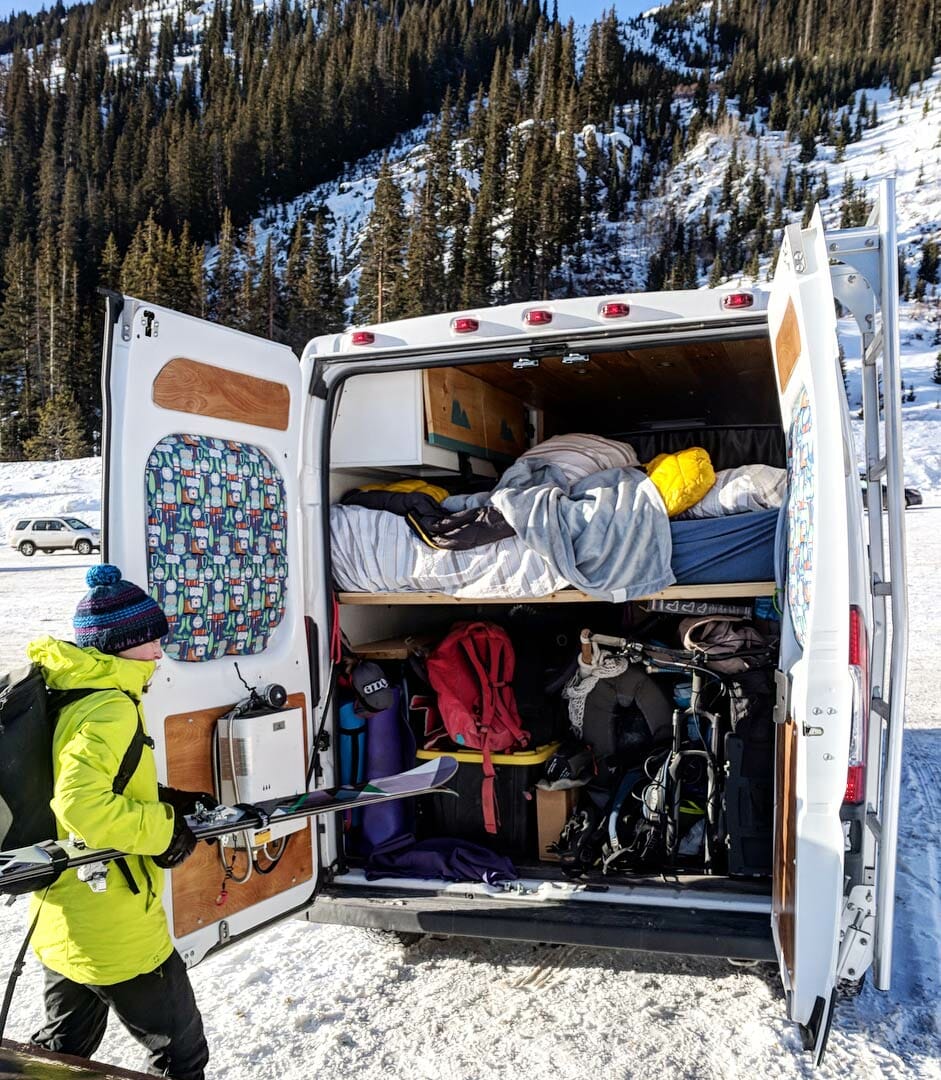
Safety Considerations For Propane Heaters
If you plan on van dwelling or camping out at higher altitudes, be aware that the lower oxygen levels may trigger an emergency shutoff on some heaters. Learn the regulations of your type of heater and keep elevation in mind. Some heaters will not start if you are as low as 7,000ft.
Smaller, portable propane units can be easily tipped or knocked over in the confined space of a van. Many modern portable heaters have emergency shut-off switches that will shut it down when tipped over or oxygen levels drop. Do no depend solely on these emergency shutoffs, never run the heater when you are not in the vehicle.
Burning hydrocarbons creates water and CO2, so unlike wood burning stoves, propane heaters do not dry out the air. They create large amounts of condensation! This can be a big turn off for some, but there are sacrifices to be made in all heating solutions. In the morning as you’re driving off, open the windows and use the engine for a bit of dry heat. This should help eliminate excess condensation.
Finally, when using a standalone propane heater, having a ventilated space is necessary! It may seem silly to crack the windows a few inches while you’re trying to keep your van warm, but this is a safety precaution to keep the oxygen levels from dropping too low. In addition, you must keep both the heater and the lines clean to prevent buildup of oil.
Many propane heaters come with an emergency cut-off switch that kicks in when the oxygen levels dip too low. Do not rely solely on this emergency cutoff, it is up to you to monitor oxygen levels and keep the area properly ventilated.
- Used as a heater and camp stove
- Heats a large space for up to five hours
- Built-in pressure sensor safety system
Heating With Butane Heaters
Butane heaters are inexpensive and work in much the same way as propane heaters. They are not currently as popular among van dwellers and this may be due to the fact that butane fuel is slightly more expensive than propane.
Butane canisters cannot be refilled, and they are also harder to find in stores. Recently however, this trend has started to change as fuel becomes more available in larger retailers and box stores.
There are many portable butane heaters available online. As a bonus, butane also burns a little bit cleaner than propane.
Much like propane, butane heaters are very compact, can be moved around easily and stored away when not in use. These heaters require a constant source of fuel. If you are using butane for cooking, the same canisters may work well in a portable butane heater. Individual canisters contain 8oz of fuel.
Similar to a propane furnaces, butane heaters push hot air in one direction. If you want the air to circulate through the vehicle, it might be wise to install a multi-directional fan.
To give you an idea of the fuel requirements of a butane heater, a typical heater can burn 3 – 4oz per hour. Based on this, an 8oz. canister will burn for 2 hours at high heat, and 4 hours at low heat on an adjustable furnace.
If you are currently cooking on a butane stove, you may be tempted to ask why you can’t just run that as your furnace. Although similar at a glance, they are not the same. A butane furnace is a catalytic heater which produces less carbon monoxide than a stove. In using a furnace, you also won’t have to worry about that open flame in your vehicle.
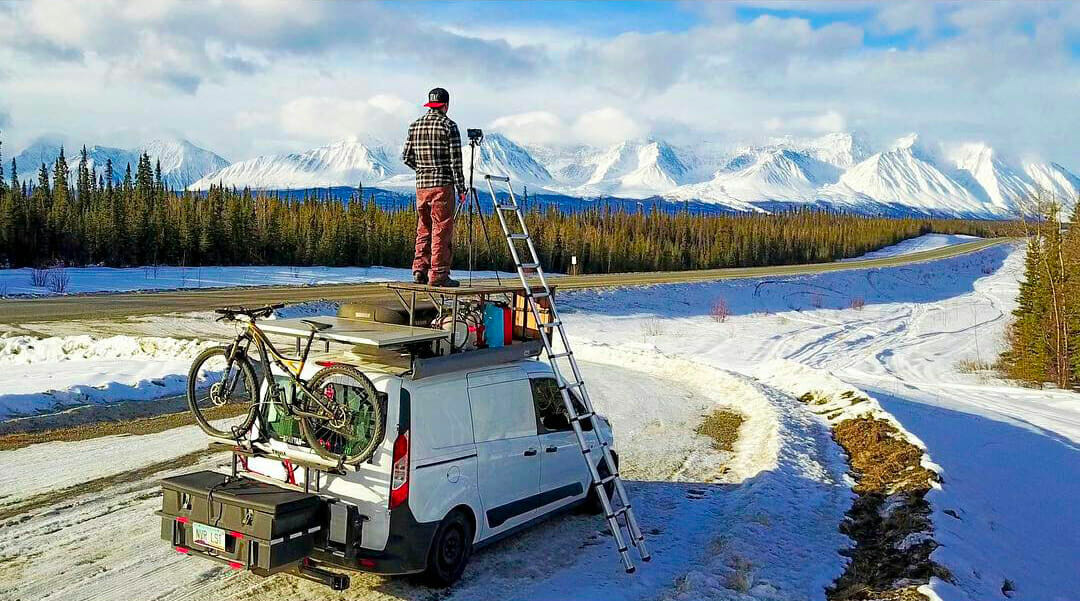
Safety Warnings Of Butane Heaters
Risks of a butane heater include tip over, burns, and carbon monoxide poisoning. Butane heaters often come with emergency cut-off switches. This is not to say that you don’t need proper ventilation: you do! With a butane heater it is just as important to monitor oxygen and carbon monoxide levels as propane heaters.
Butane heaters must be ventilated. Remember to keep your windows cracked, and don’t run the heater all night. Never place wet or damp clothes near the heater. Due to low oxygen, some heaters may shutoff when operating above 7,000ft.
Butane canisters are pressurized, if the cap is off they can leak fuel. Always keep your canisters capped and never pack away your furnace with the canister inside.
- 24hrs. on 1 Gal.
- Nighttime noise mode
- Good Temperature Control & Diagnostics
Heating With Diesel Air Heaters
If your vehicle runs on diesel, a diesel air heater may be something to look into. Some vanlifers have chosen to utilize their existing diesel systems to heat the interior of their vans. Espar and Webasto are companies that make compact diesel heaters which can run directly off the fuel in your gas tank. The biggest advantage to this is it’s extremely easy to fill and the cheapest option to keep running.
- For more information on air heaters, read our comparison: Propex vs Espar vs Webasto
Diesel heaters are a much more expensive initial investment than some of the smaller propane and butane heaters. Be prepared to spend a few hundred dollars in startup costs. They will also require an extensive installation including cuts through the bottom of your floor.
To setup a diesel heater, you’re going to need an air intake, an air exhaust, a fuel line running from your gas tank to the heater, power wiring, and thermostat control wiring.
A few vans come ready-made with an additional fuel tap for utilizing something like a heater. If you own a Sprinter that is from 2008 or newer (that’s the NCV3 or newer), you are one of the lucky few who have a fuel tap pre-installed!
If you need to install your own fuel tap, be sure not to place it too close to the bottom of your tank. In doing this, you risk running out of gasoline and getting stranded! This may sound complex, but it comes with the advantage of never needing an additional fuel tank.
Diesel heaters warm with a slow steady blow rather than a furnace blast and should be a very comfortable compared to some of the other heating options. Many people place these heaters right under the front passenger seat of the van.
As mentioned before, they are also one of the cheapest heating solutions once installed. A single gallon of gas can run the heater between 20 and 50 hours depending on your settings.
Diesel heaters can be a quite noisy and many have suggested purchasing a muffler to tone it down. Diesel furnaces are externally combusted. This means that it is not using or venting the atmosphere within the van. They have lower levels of condensation compared to other alternatives and significantly reduced chance of poisons gas buildup.
You will still want to be sure to monitor your carbon monoxide levels, but the heater likely won’t the the thing that triggers it.
Much like propane and butane, diesel heaters might also stop working or become less efficient at higher elevations. There are high altitude kits available for purchase if you plan to spend a lot of time in the mountains. Be sure to regularly check that all of your fuel lines are clean.
Standalone diesel heaters can also be purchased that do not require a connection to your gas tank. These are less popular but should be mentioned.

Safety Considerations of Diesel Heaters
It cannot be overstated that heating your vehicle can be one of the biggest hazards in vanlife. Running a heater could be a fire hazard, and along with carbon monoxide poisoning, these two should be your biggest safety concerns.
Carbon monoxide is odorless, colorless, and has no taste. It is virtually impossible to know if you have a leak without the proper monitoring. When a fuel source is not burning correctly because it doesn’t have enough oxygen CO gas is created. Carbon monoxide can fill your van and take you out swiftly.
Always keep your heater clean, this includes any tubes or pipes. Be sure to dust off any debris that may accumulate on your unit. Excess dirt buildup within tubing can lead to oil being released from the tubes or restricted fuel flow. Either of these will result in more carbon monoxide being released.
Be sure to use a CO detector and monitor your levels. Get one with a digital readout of levels. Many carbon monoxide detectors will not go off until the level is getting lethal so it’s important to be aware of the levels at all times. Make sure your levels stay below 15ppm, preferably 10ppm in the area surrounding your furnace.
If the detector does go off, open the windows, turn off all sources of CO, and go outside to get some fresh air right away. Some symptoms of CO poisoning are nausea, drowsiness, feeling faint, dizziness, and lack of breath.
Always have a fresh source of air and upper heat escape, preferably away from each other. Remember, you are dealing with heat so keep a fire extinguisher on hand! Never place wet or damp items next to your heat source. Keep flammable objects clear of your heater and be aware of your surroundings. Vans are tight spaces so be careful not to burn yourself or knock the heater over.
Condensation
Condensation, insulation, ventilation and heating all go hand in hand. In fact, one could easily write an entire article on dealing with condensation. Almost any running heater is going to lead to excess condensation within your vehicle.
Even with proper insulation, many people will find there are still spots where moisture likes to hide. Proper ventilation will be the most effective way to mitigate moisture.
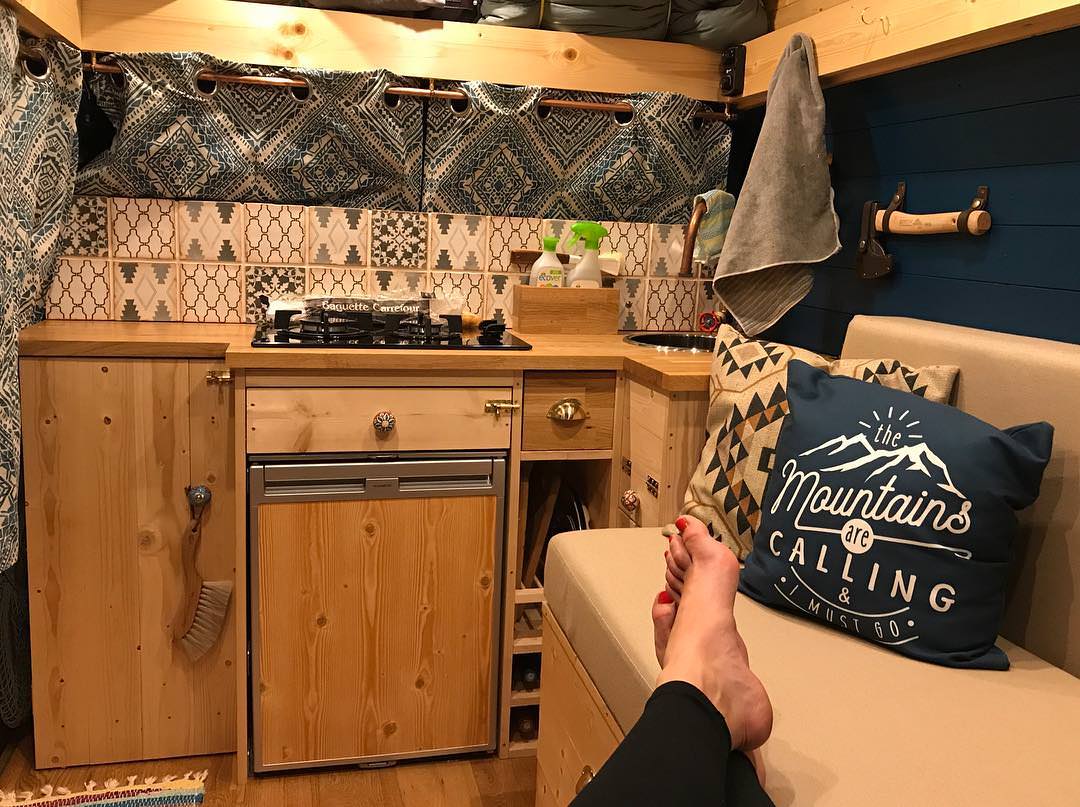
Wood Stoves
Wood stoves are highly romanticized in van life, but in reality they are fairly impractical. Here are the most common complaints:
- Require a lot of wood
- Take up too much space
- Need constant maintenance
- Potentially dangerous
- Expensive
- Difficult to install
Not only do you have to work out the logistics of venting an entire chimney out of your camper, but wood stoves require constant attention.
Some wood stoves are no more than a foot and a half tall and two feet deep. They go through wood quickly and are not going to last the entire night.
Imagine having to get out of bed twice a night to tend a fire. Firewood itself takes up a lot of real estate and the stove will be hot to the touch.
Nevertheless, some people still appreciate the scent, view, and novelty of a wood-burning stove.
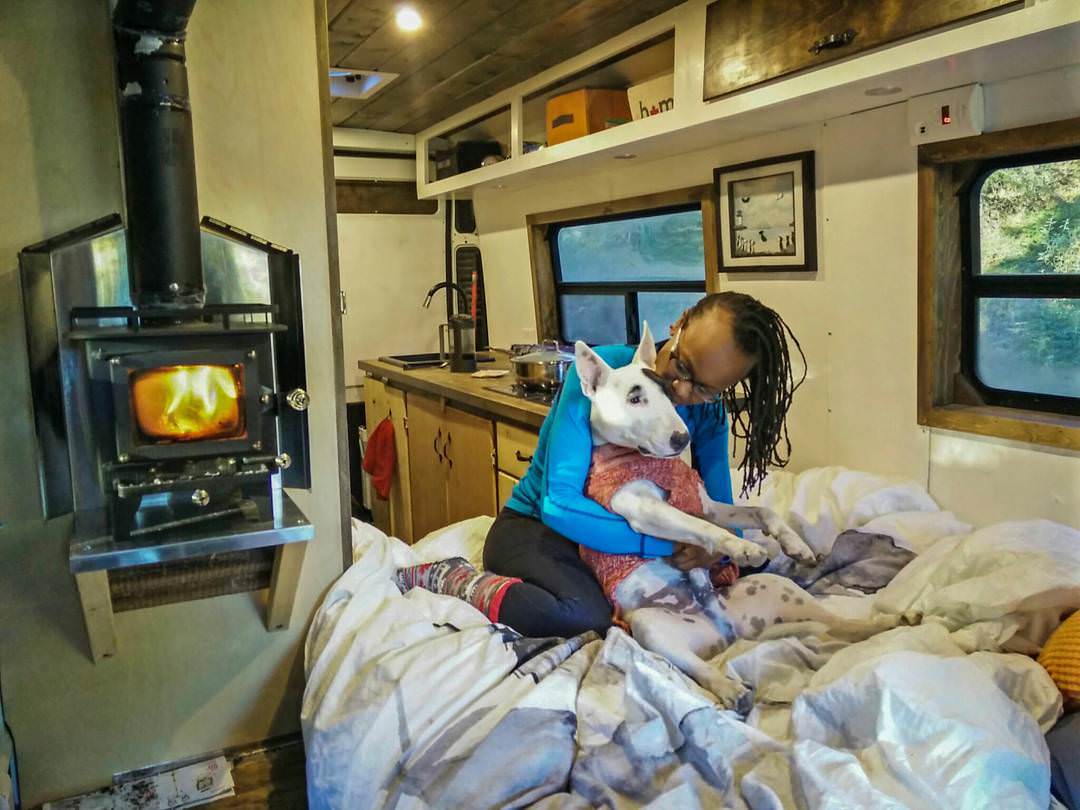
Parts of a wood stove
When setting up a wood burning stove inside a van you are going to need a few key items. Along with a stove and a chimney, a chimney cap will insure the smoke and ash coming from the stove will make its way outside rather than filling up your car. It will also withstand large gusts of wind preventing blowback.
Pipe flashing will seal up the space between your stove pipe and roof to inhibit heat from escaping. This will also prevent burning around your chimney pipe. From the outside, pipe flashing will keep rain and snow from entering your van. It is also possible to create your own pipe flashing using sealant and silicone.
A heat powered fan will allow you to direct the hot air flow throughout the van rather than straight out of the chimney. With one of these, you will need to burn significantly less wood to stay warm. Heat powered fans can withstand the extremely hot temperatures inside the stove and generate power using this same heat.
It’s important to know how efficiently your wood is burning and how much heat your stove is producing. A stove pipe thermometer uses magnets to attach to the pipe and give an accurate reading of the stove’s temperature.
Wood generated heat means dry heat so you will not have an issue with condensation. You may want to install a humidity monitor inside your van as well. Wood heat literally sucks the moisture out of the air with a relatively small stove. If your vehicle gets too dry, you may need to boil a pot of water to add some moisture to the air.
Wood Stove Safety
When installing a wood burning stove in your camper van, make sure to follow these safety warnings:
- Prepare for dust and wood bits around the stove area.
- Wood stoves use fire, they can get hot to the touch and cause burns.
- Never leave your heater on when you are away from your vehicle and never place wet, damp or flammable items near your stove.
- Always keep a fire extinguisher on hand and available.
- Wood stoves need to be ventilated with a fresh air intake and upper heat escape. You will want to make sure your car’s windows are cracked a few inches.
- A carbon monoxide detector to monitor the levels inside your vehicle is mandatory! Carbon monoxide has no smell, no color and no taste. It is virtually impossible to know if you have a leak without proper monitoring.
Heating Solutions In A Nutshell
No matter what heating source you choose, always start with proper insulation, lots of blankets, and wool clothes. These things are a must. The level of skill, the time spent, and the amount of concern you have are all factors in determining the best portable heating solution for you. It doesn’t take much and you will be sure to stay warm through the cold times living the van life!
Heating your space and being safe are the number one priorities if you are going to do this properly. You must have a plan before the snow flies.
If you don’t, I highly recommend finding alternative accommodations in the colder climates. Hostels, house sitting, or a work-exchange program are all inexpensive ways to enjoy a break from the van and gain access to hot running water, and a warm place to rest your head.
If you have any experience with heating your van we’d love to hear from you! Our goal is to keep this article as updated and thorough as possible for the next generation of van lifers.

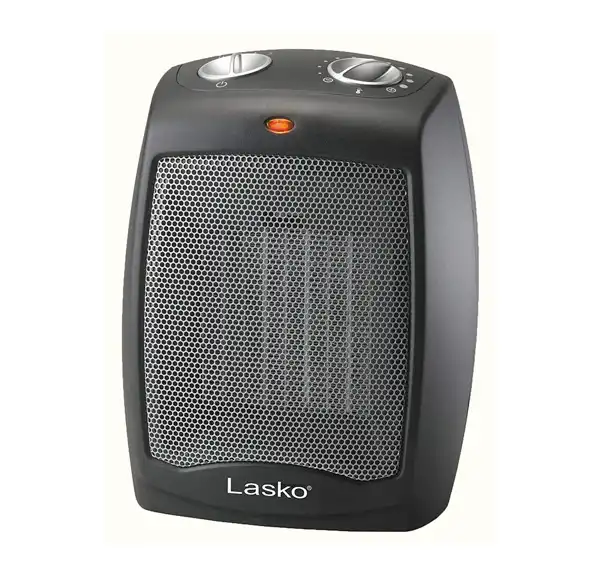
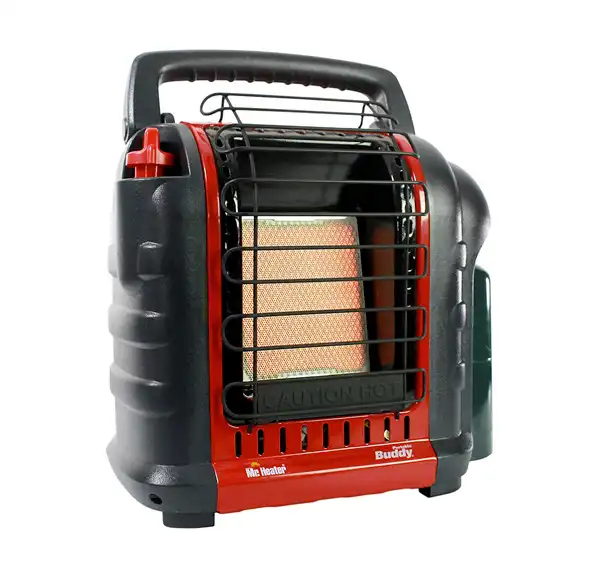
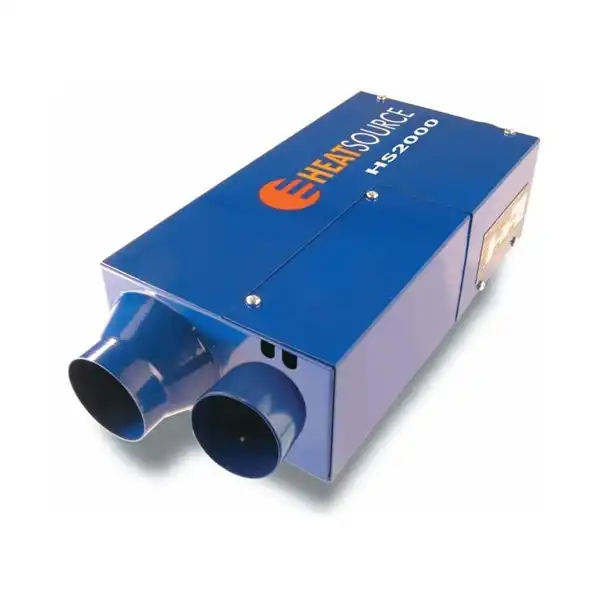
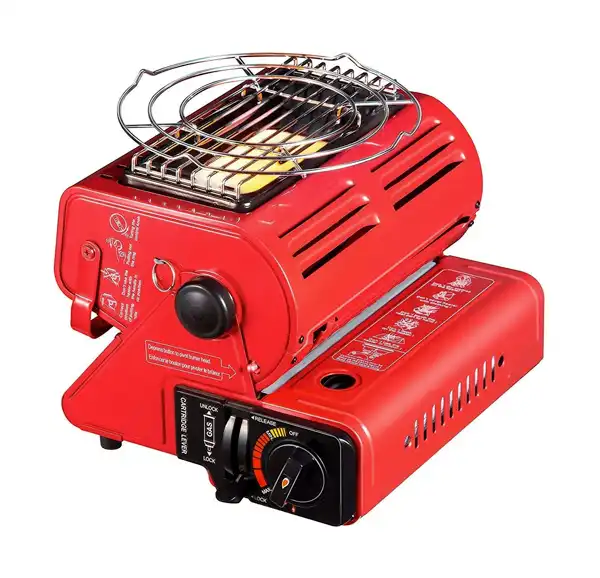
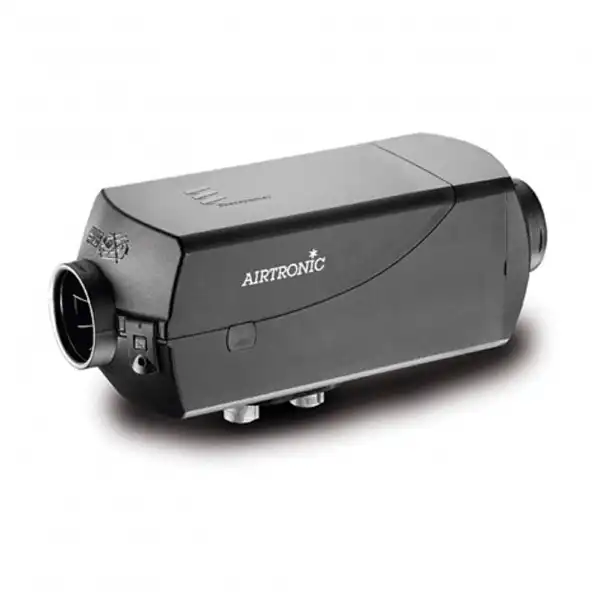
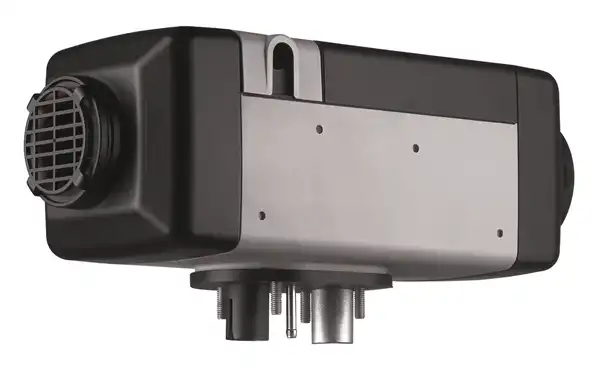
Awesome article! Pretty sure I’ve narrowed it down to a vented propane heater with good insulation, and lots of ventilation. Thanks for the tips, interested in more
Share a bed with someone..
No always the least expensive to keep warm!
Wonderful information, thank you so much!
I really love the idea of not insulating my new 2018 transit van, but I will use a fitted bed-mat. I’ve read and watched YouTube videos about van insulation but I’m so scared that if you miss one little spot you’re going to get mold and rust. I just got very sick from a brand new motorhome that was built wrong. I’m getting a full refund from the manufacturer because of the extensive mold damage. I thought if I keep it simple this time I would be able to keep an eye on moisture.
Are there many van life or is that don’t insulate and are happy with it?Would you have more condensation or less?
Happy travels!
I would be interested in reviews on some of the chinese diesel heaters or boat or rv salvage yards that my have used heaters.
https://www.facebook.com/groups/146837062640024/
Great article. My two big dogs and I are warm and cozy. Did 1 and 1/2 years in northwest in my old wagon. Never needed heat at night. Wool blankets and warm dogs. Just bought a beautiful van. Am fitting in a mr buddy heater. Also small oil filled radiator that will run off 2nd battery and wired to be recharged when I drive. Thank you for the great article.
Heating the interior of a van . Due to the dangers of CO + condensation + overheating + $$…I decided NOT to heat the air inside my ” well insulated ” van . My solution was to heat ONLY my body ! I have a 12v heated seat cushion + 12v electric blanket . NO need to open windows ! Gary
Hello, It is me again . I found this on my Chromebook and decided to give y’all an update – Jan. 2025 . Leaving your windows 1 inch open is really dum. It allows the cold air to come inside : place a mat or blanket over your ceiling fan to keep cold air out : Use reflectix materials in your windows : Using Propane or Butane or a Wood Stove is ” dangerous ” . My ONLY heat source – Safe Heat , those little guys that are placed under buffet trays / containers . I repeat… concentrate on warming your body with layers + 12v blanket NOT warming the air !
I have used two candles to mildly warm my Caravan. It takes a good half hour, but there is a small difference between the outdoor and indoor temperatures.
My dog is a cuddle-bug too.